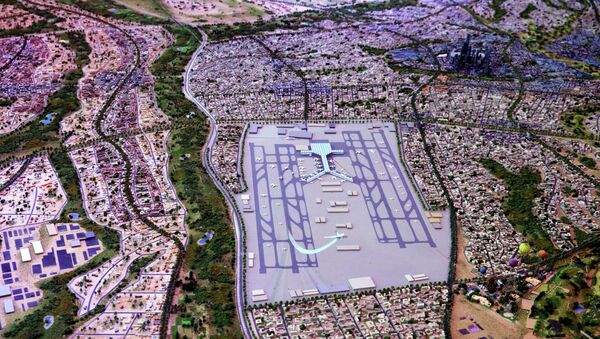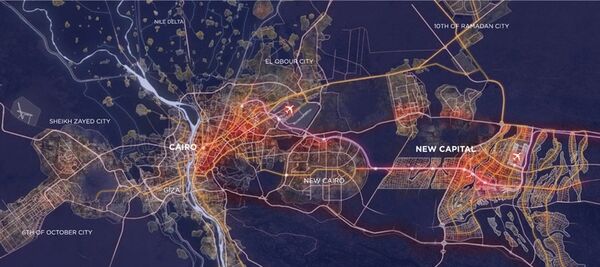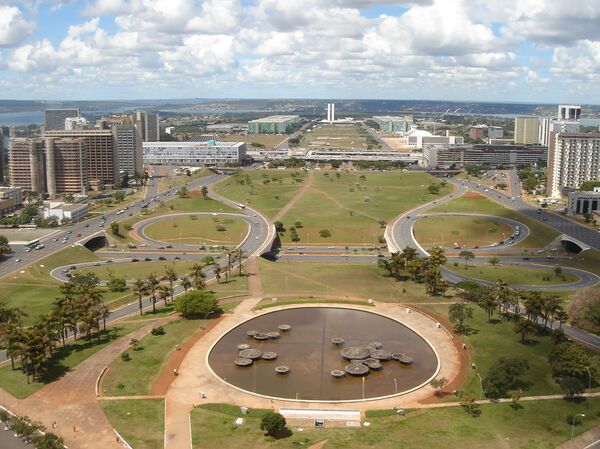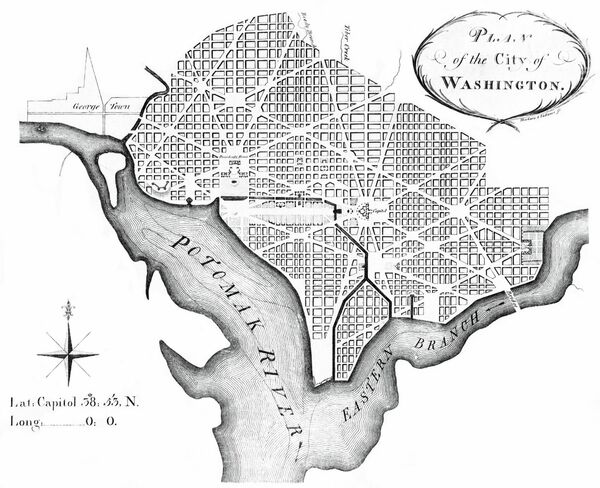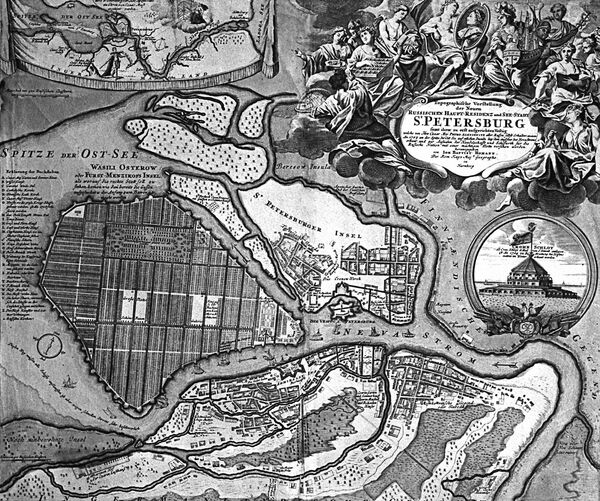Egypt's government has announced plans to build a new capital, immediately east of the current capital, Cairo. The real estate investment fund Capital City Partners, which has completed projects in Saudi Arabia, presented the project.
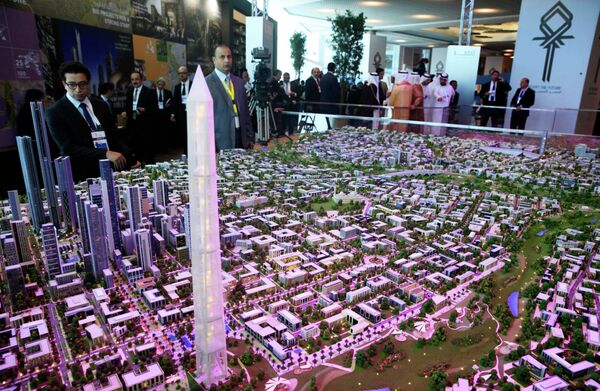
The city promises to house a population of 5 million, and its construction will create 1.75 million permanent jobs.
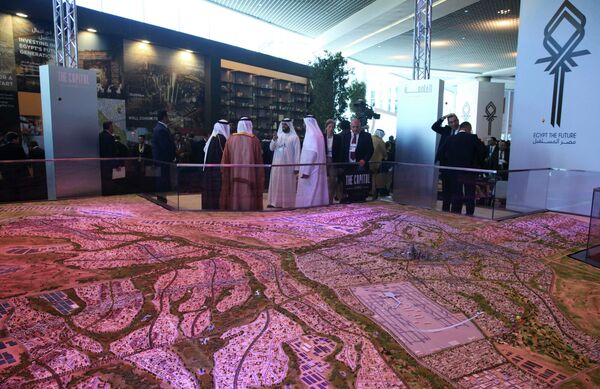
The construction will cost an estimated $45 billion, and is meant to offset Cairo's population growth, as the currently overcrowded city of 18 million is expected to grow to 50 million in the next 35 years.
The new capital will be situated between the Nile River and the city of Suez, which lies where the Suez Canal enters the Red Sea.
Egypt's new capital is also unique in that it will be built in the country's Eastern Desert and impressive feats of engineering will be required to transform its environment.
The city will also be the second "new" capital built in the 21st century, with the last planned capital, Myanmar's Naypyidaw, declared in 2005. Other major planned capitals have been Kazakhstan's Astana, opened in 1997, Tanzania's Dodoma in 1996, Nigeria's Abuja in 1991, Ivory Coast's Yamoussoukro in 1983 and Brazil's Brasilia in 1960.
Planned capitals have also left their mark on history: the United States' Washington, DC, opened in 1800 and Russia's Saint Petersburg, opened in 1712 (before the national government returned to Moscow in 1918). Originally, Saint Petersburg was imagined as a Venice-like city of canals, but frequent flooding forced the Russian government to abandon the plans.
This is not the first time Egypt has moved its capital, the first time being around 4000 BC, when Upper and Lower Egypt became united and moved its capital to the lost city of Thinis. Egypt is also no stranger to newly-built capitals, with the city of Akhenaten built in 1346 BC by Pharaoh Amenhotep IV.

